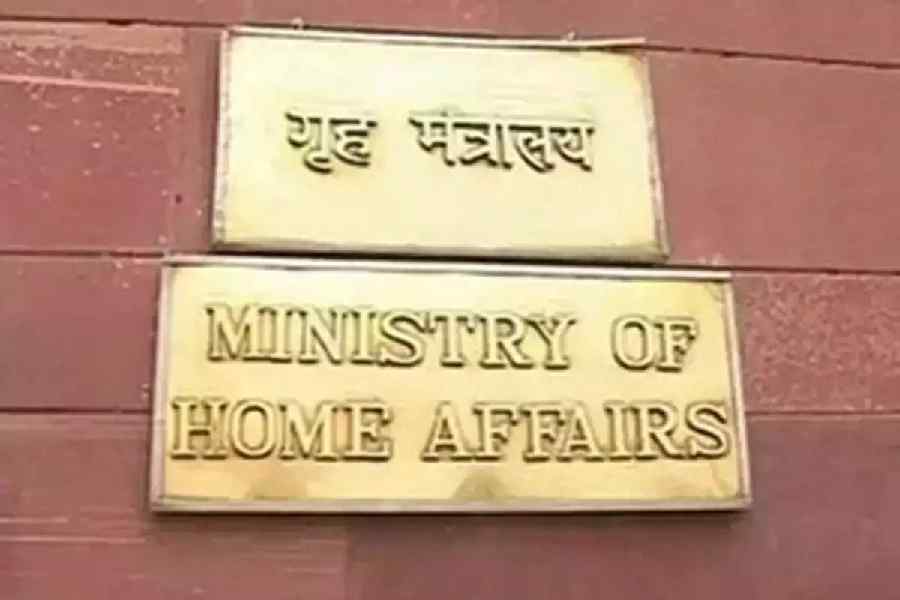Indian Space Research Organisation (ISRO) on Sunday said that the 'Chandrayaan-3' lander has "successfully" underwent the Electro-Magnetic Interference/Electro-Magnetic Compatibility (EMI/EMC) test between January 31 and February 2 at the U R Rao Satellite Centre here.
The EMI/EMC test is conducted for satellite missions to ensure the functionality of the satellite subsystems in the space environment and their compatibility with the expected electromagnetic levels, ISRO said.
It said, this test is a major milestone in the realisation of the satellites.
According to the space agency, Chandrayaan-3 interplanetary mission has three major modules. They are - the Propulsion module, Lander module and Rover, and the mission's complexity calls for establishing radio-frequency (RF) communication links between the modules.
"During the Chandrayaan-3 lander EMI/EC test, Launcher compatibility, Antenna Polarization of all RF systems, Standalone auto compatibility tests for orbital and powered descent mission phases, and Lander and Rover compatibility tests for post landing mission phase were ensured. The performance of the systems was satisfactory," it added.
The Chandrayaan-3 is a follow-on mission to Chandrayaan-2 to demonstrate end-to-end capability in safe landing and roving on the lunar surface.
It consists of Lander and Rover configuration, and will be launched by GSLV MkIII from Satish Dhawan Space Centre (SDSC), Sriharikota.
The propulsion module will carry the Lander and Rover configuration till 100 km lunar orbit. The propulsion module has Spectro-polarimetry of Habitable Planet Earth (SHAPE) payload to study the spectral and polarimetric measurements of Earth from the lunar orbit.
The Lander payloads has Chandra's Surface Thermophysical Experiment (ChaSTE) to measure the thermal conductivity and temperature; Instrument for Lunar Seismic Activity (ILSA) for measuring the seismicity around the landing site; Langmuir Probe (LP) to estimate the plasma density and its variations. A passive Laser Retroreflector Array from NASA is accommodated for lunar laser ranging studies.
The Rover payloads has Alpha Particle X-ray Spectrometer (APXS) and Laser Induced Breakdown Spectroscope (LIBS) for deriving the elemental composition in the vicinity of landing site.
In 2019, India's maiden attempt to land a rover on Moon was unsuccessful aboard the Chandrayaan-2 mission after it crashed on the lunar surface.
The Chandrayaan-3 is likely to be launched in June.
Except for the headline, this story has not been edited by The Telegraph Online staff and has been published from a syndicated feed.











